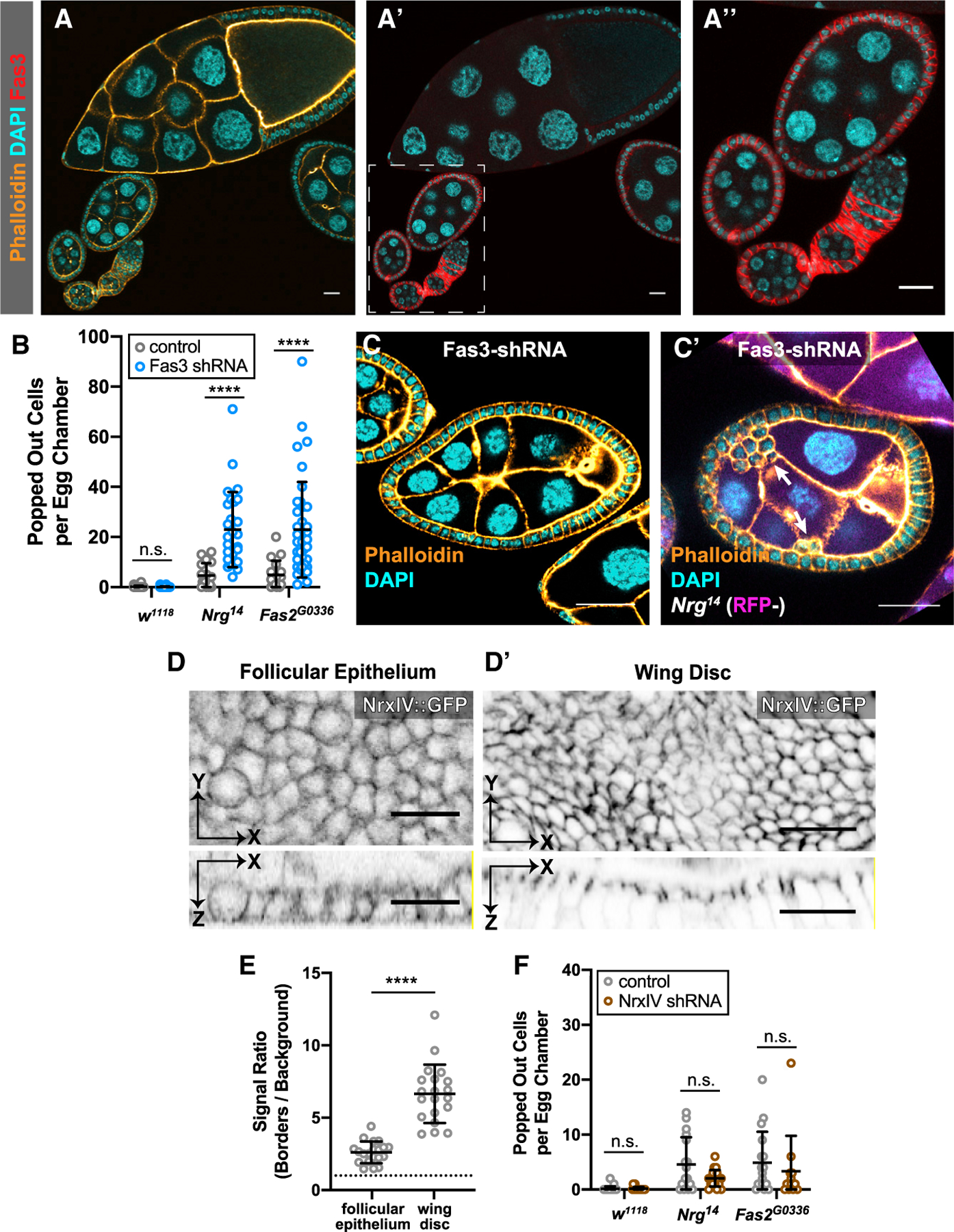Figure 4. Fas3 Participates in Reintegration, but NrxIV does Not.

(A) Fas3 localizes to follicle cell-cell borders in egg chambers prior to stage 7. Fas3 immunoreactivity is detected in early egg chambers, in which the follicular epithelium is proliferative (stages 1–6, in dashed box), but drops off substantially by mid-stage (stage 10, top of panel).
(B and C) Fas3 disruption potentiates reintegration failure in Nrg and Fas2 mutant tissue. Fas3 knockdown does not result in misplaced cells (B) unless combined with mutation of either Nrg or Fas2 (B and C). Fas3-shRNA was driven with Traffic Jam-GAL4. Misplaced cells were quantified as in Figure 1. Average and error bars correspond to mean and SD. p values left to right: p = 0.5948, p < 0.0001, p < 0.0001.
(D and E) NrxIV is weakly localized in the early follicular epithelium. NrxIV::GFP, a protein trap, demonstrates weaker junctional localization in the follicular epithelium (D) than in the mature wing disc (D’) relative to local background signal (quantification in E). Signal intensity was measured at septate junctions (wing disc) or along lateral cell-cell contacts (follicular epithelium) and compared with adjacent cytoplasmic signal. Average and error bars represent mean and SD. Significance was determined using an unpaired, two-tailed Student’s t test with Welch’s correction p < 0.0001. (F) NrxIV disruption does not enhance reintegration failure. NrxIV-shRNA, driven with Traffic Jam-GAL4, does not increase the number of misplaced cells in control tissue or in Nrg or Fas2 mutant tissue. Average and error bars represent mean and SD. p values from left to right: p = 0.9166, p = 0.0547, p = 0.5095. Quantification and statistical analysis were performed as in Figure 1. All scale bars correspond to 20 µm.
See also Figure S4.
